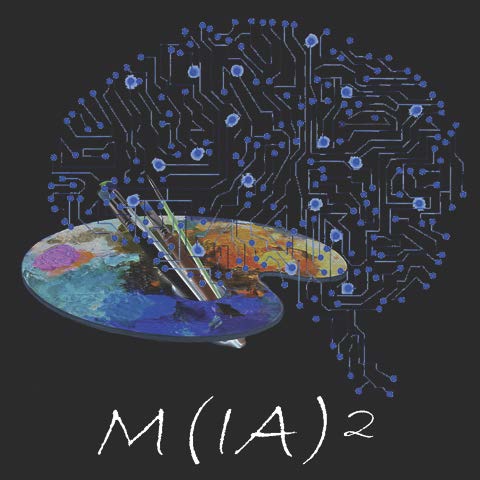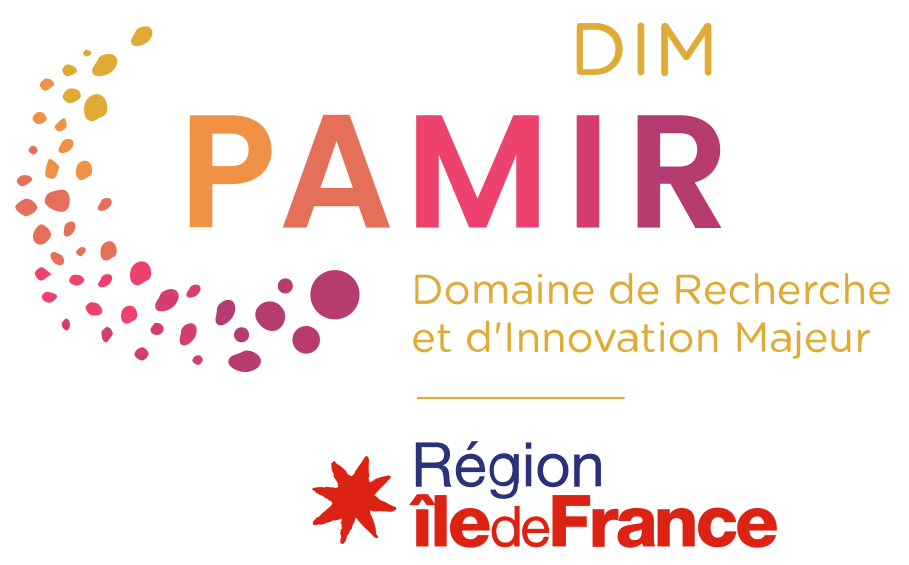
M(IA)2
New machine learning tools for attribution and prognosis in conservation
Scientific responsibility :
- Serge Cohen
- Elsa Perruchini
- Pauline Hélou de la Grandière
Methodological axes :
Thematic fields :
Disciplinary sectors :
Funding :
- DIM PAMIR
Project ID : IDF-DIM-PAMIR-2022-1-006
Summary :
The present PhD work will develop statistical learning methods with the aim of estimating the level and type of alteration they might suffer. The originality of this project lies in the cross‐referencing of aspects related to alterations/restoration with the social history of the works. The project will focus on modern and contemporary paintings using the information system (IS) currently being developed by IPANEMA and Pauline Hélou‐de La Grandière as part of the NOIRoeS (New interdisciplinary tools for the restoration of Pierre Soulages’ works ‐ EUR Humanité Création et Patrimoine 2020‐2023, CY Cergy Paris Université) and MIB‐NOIRoeS (Interface and Database Method for the NOIRoeS project, DIM Ancient and Heritage Materials) projects. This IS aims to structure the technical, historical and conservation information on Pierre Soulages’ works. A first objective of M(IA)2 will be to provide as complete a reading as possible of the data captured by the IS. The project will then focus on proposing algorithms adapted to the estimation of the state of alteration of a work of art according to the techniques and materials used for its conception as well as its post‐conception history.
The machine learning algorithms developed will be based on the heterogeneous set of data captured by the IS. The quasi‐exhaustive data collected on the work of Pierre Soulages will be supplemented by more fragmentary but wider‐ranging data provided by the project partners as well as museum amongst which the Centre Pompidou and the Musée national Picassso‐Paris who expressed their interest in the current project. In this way, the methods developed and the results obtained will gain in generality and the risk of over‐learning will be minimised. Through the analysis of the best documented artworks, the methods developed will aim to propose a probabilistic view on the likely condition of less well, or less often, documented artworks. Once validated, these methods can also be used, through simulation, to evaluate the risks of future alterations for a given artefact.
The machine learning algorithms developed will be based on the heterogeneous set of data captured by the IS. The quasi‐exhaustive data collected on the work of Pierre Soulages will be supplemented by more fragmentary but wider‐ranging data provided by the project partners as well as museum amongst which the Centre Pompidou and the Musée national Picassso‐Paris who expressed their interest in the current project. In this way, the methods developed and the results obtained will gain in generality and the risk of over‐learning will be minimised. Through the analysis of the best documented artworks, the methods developed will aim to propose a probabilistic view on the likely condition of less well, or less often, documented artworks. Once validated, these methods can also be used, through simulation, to evaluate the risks of future alterations for a given artefact.
PhD student : Shadé Alao Afolabi

